
Light Needs

Mature Height

Mature Spread
Hardy garden mums (Chrysanthemum × morifolium) pack autumn landscapes with domes of color just as summer annuals give out. Dense mounds 12 – 24 inches tall cover themselves in hundreds of daisylike or fully double blooms ranging from pumpkin orange to raspberry pink, creamy white, and every sunset tone between. Flowers arrive in waves from early September into November, shrugging off light frosts and filling porch pots, beds, and window boxes with the season’s signature show. Deep‑green, aromatic foliage stays tidy beneath the floral canopy, forming a ready‑made bouquet that needs little shaping.
Beyond their color range, these fall chrysanthemums earn praise for staying compact, resisting most insects, and handling brief dry spells once established. Butterflies sip freely from the nectar‑rich centers, while deer usually pass the aromatic leaves by. Plants grow as low mounds in borders, spill gently from patio containers, or mass beautifully for eye‑catching curb appeal. Repeat one hue for bold blocks of color, or stage an ombré of golds, bronzes, and reds for a designer finish around pumpkins and straw bales.
Garden Mum Care
Set transplants in full sun—six or more hours daily—where soil drains quickly; mix compost in first to loosen clay or sand. Water thoroughly after planting and supply about one inch of moisture each week, aiming the hose at the root zone to keep foliage dry. Feed spring‑planted mums with a balanced, low‑nitrogen fertilizer every four weeks until early August; fall‑planted specimens can wait until next season for food. Pinch the tips of new stems two or three times before July 10 to build the tight, flower‑filled dome garden mums are famous for.
Treat these mums as short‑term color in cold zones, or as perennials where winters stay milder. In USDA Zones 6 – 9, mulch plants with four inches of straw or shredded leaves after the first hard frost, then leave the stems standing until spring for extra insulation. Overwinter container mums by sinking them in the ground or placing them in an unheated garage kept above freezing—water just enough to keep the soil from dust‑drying.
Garden Mum Spacing
Space garden mums 18 – 24 inches apart in beds so their shallow roots have room to expand without competition. One well‑branched plant will fill a 10‑inch patio pot; use three in a 16‑inch porch urn for an instant, overflowing dome. When tucking several into a large whiskey barrel or raised planter, allow about eight inches between root balls so plants can knit together by mid‑season without crowding.
Plant Details
| Botanical Name | Chrysanthemum × morifolium |
|---|---|
| Light | Full sun (6+ hours); tolerates part sun with fewer blooms |
| Bloom Season | Early, mid or late fall (variety dependent) |
| Height / Spread | 12–24" tall × 12–36" wide (variety dependent) |
| Habit | Compact, mounded |
| Water | Even moisture; do not let new plantings dry out |
| Spacing | 18–24" |
- SKU:
- CHYPYQT
Please Note: The pictures below are to give a general representation of the different container sizes. The actual size/ages of plants are estimates and will vary based on type of plant, time of year, last pruning & many other factors.
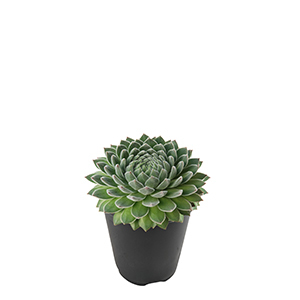
Also Known As:
3.5" Container
Plant Age:
~ 6 months
Plant Size:
~ 3"-6"
Pot Size:
~ 4.5"H x 3.75"W
Volume:
~1.42 quarts
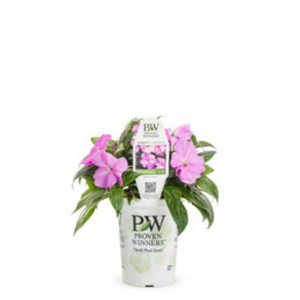
Also Known As:
4.25" Container
Plant Age:
~ 6 months
Plant Size:
~ 3"-6"
Pot Size:
~ 4.93"H x 4.25"W
Volume:
~1.56 pints
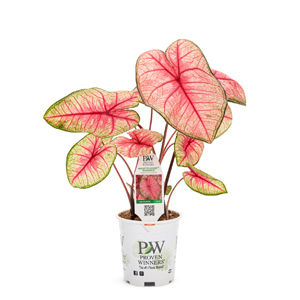
Also Known As:
Quart
Plant Age:
~ 6 months - 1 year
Plant Size:
~ 4"-8"
Pot Size:
~ 4.75"H x 4.5"W
Volume:
~1.50 quarts
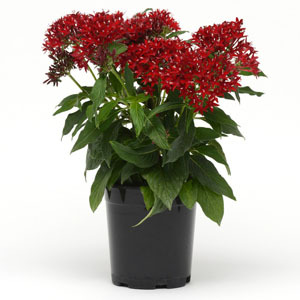
Also Known As:
#1 Container
1 Gallon
Plant Age:
~ 1 - 2 years old
Plant Size:
~ 10"-14"
Pot Size:
~ 7"H x 7.75"W
Volume:
~2.26-3.73 quarts

We stand behind our plants with industry-leading guarantees to give you peace of mind.
We want your plants to arrive in great condition! If you notice any issues upon delivery, contact us within 3 days.
All annuals, houseplants & vegetables, we provide a 30-day warranty to ensure that your plants thrive.

Pre-ordered plants are scheduled to ship in Spring 2026. We carefully plan our shipping dates based on your USDA Plant Hardiness Zone to ensure optimal planting conditions upon arrival. Want it sooner/later? Reach out, and we'll try our best to accommodate.
Estimated ship week for pre-ordered plants will ship based on growing zones as shown below.
| Growing Zone | Estimated Ship Week |
|---|---|
| Zone 10 | March 30th |
| Zone 9 | March 30th |
| Zone 8 | April 6th |
| Zone 7 | April 13th |
| Zone 6b | April 20st |
| Zone 6a | April 27th |
| Zone 5b | May 4th |
| Zone 5a | May 11th |
| Zone 4 | May 18th |
| Zone 3 | May 25th |
Note: These are only estimated ship dates. Plants may ship out later depending on weather & growing conditions of the plant.
Note: Only plants indicated as pre-order will ship as shown above. All other plants and hard goods will ship as normal.
Plants that are currently in stock typically ship within 2-7 business days after your order is placed.
Plant Addicts ships to the lower 48 states within the U.S. Unfortunately, we do not currently ship to Alaska, Hawaii, or internationally.
This plant cannot be shipped to the following states: CA, ID, NV, OR, TX & WA, AK, HI. These restrictions apply only to this specific plant due to agricultural regulations or other limitations. Other plants may still be available for shipping to these states.
If you have any questions about shipping restrictions, feel free to reach out to our team!
Choose Your Garden Mum Variety





























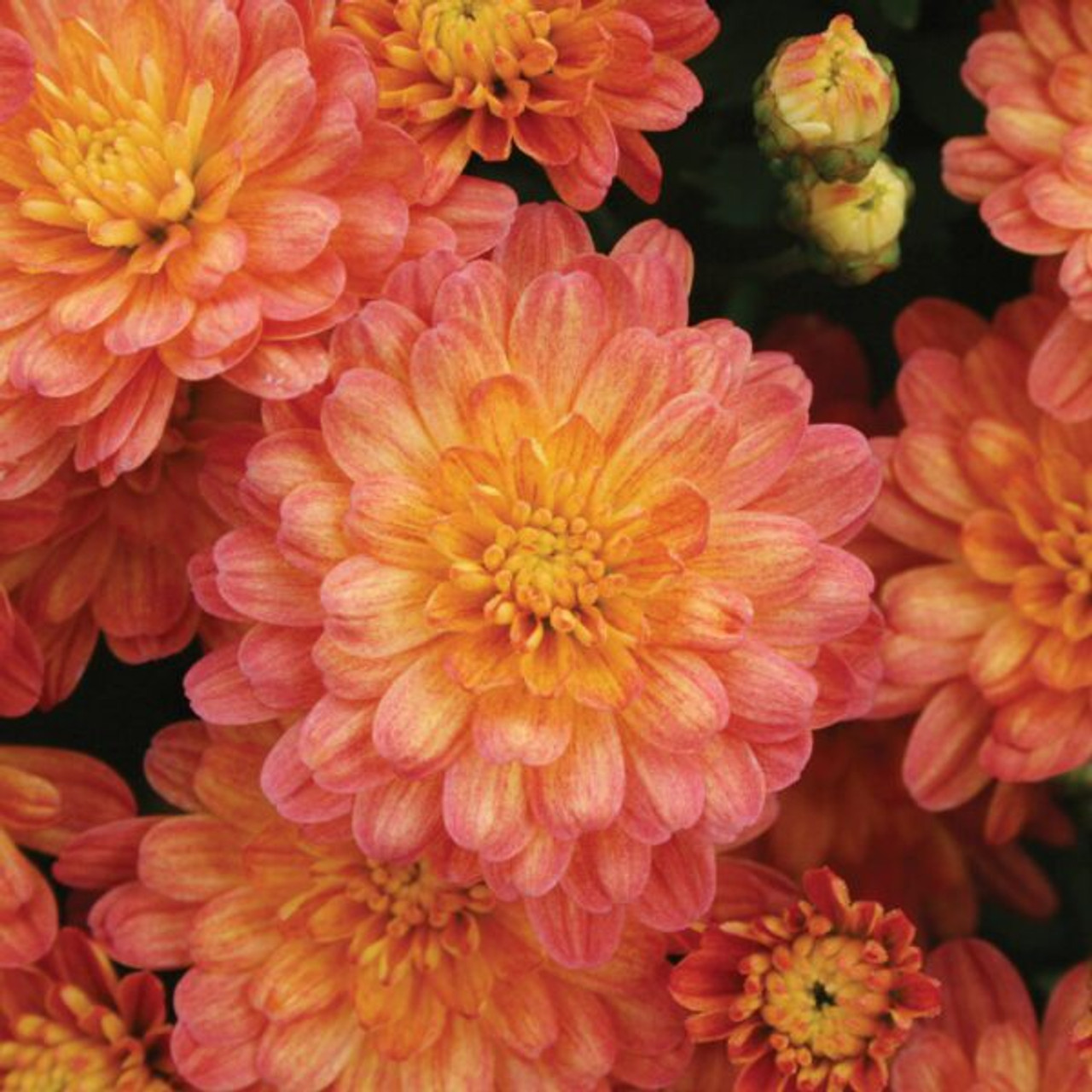
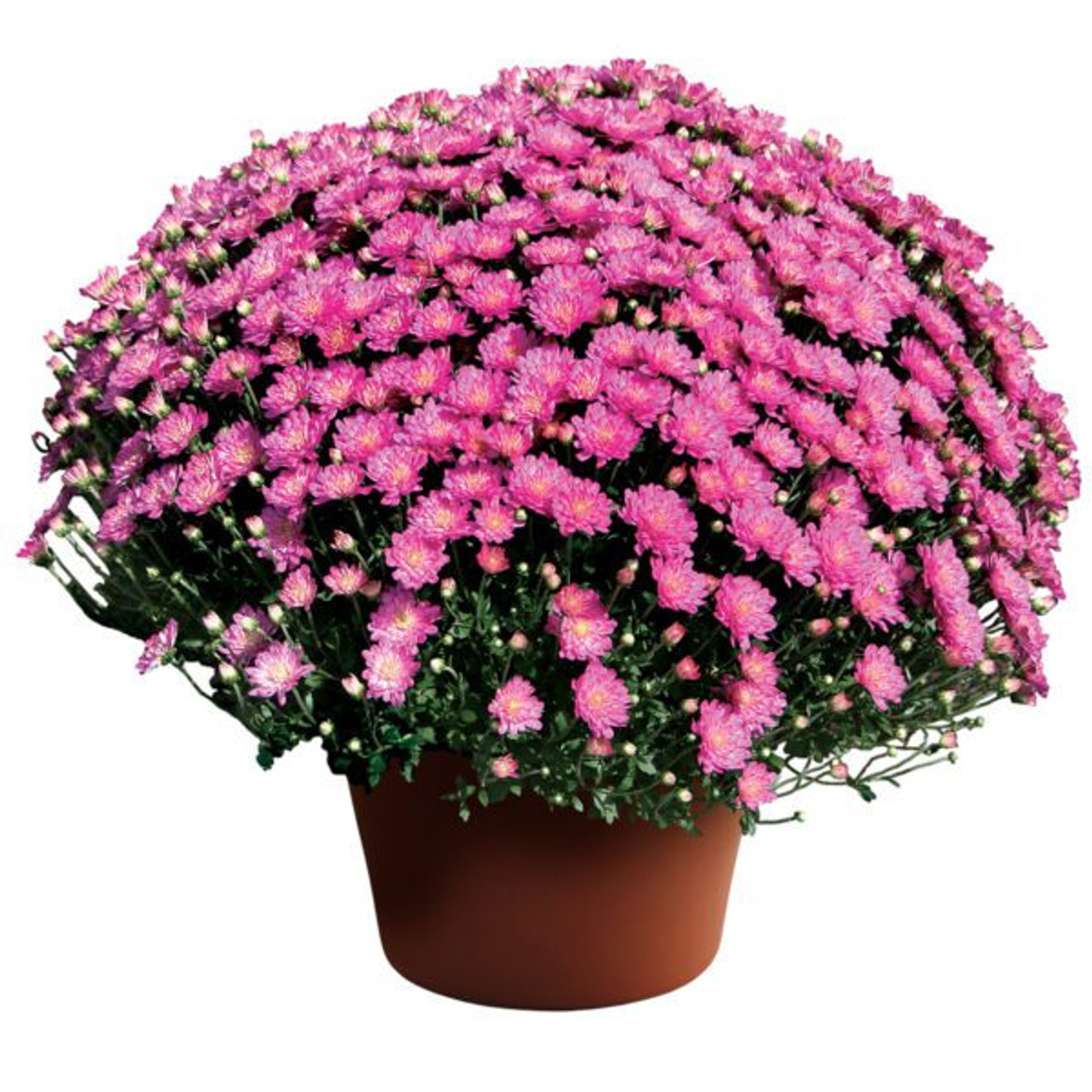


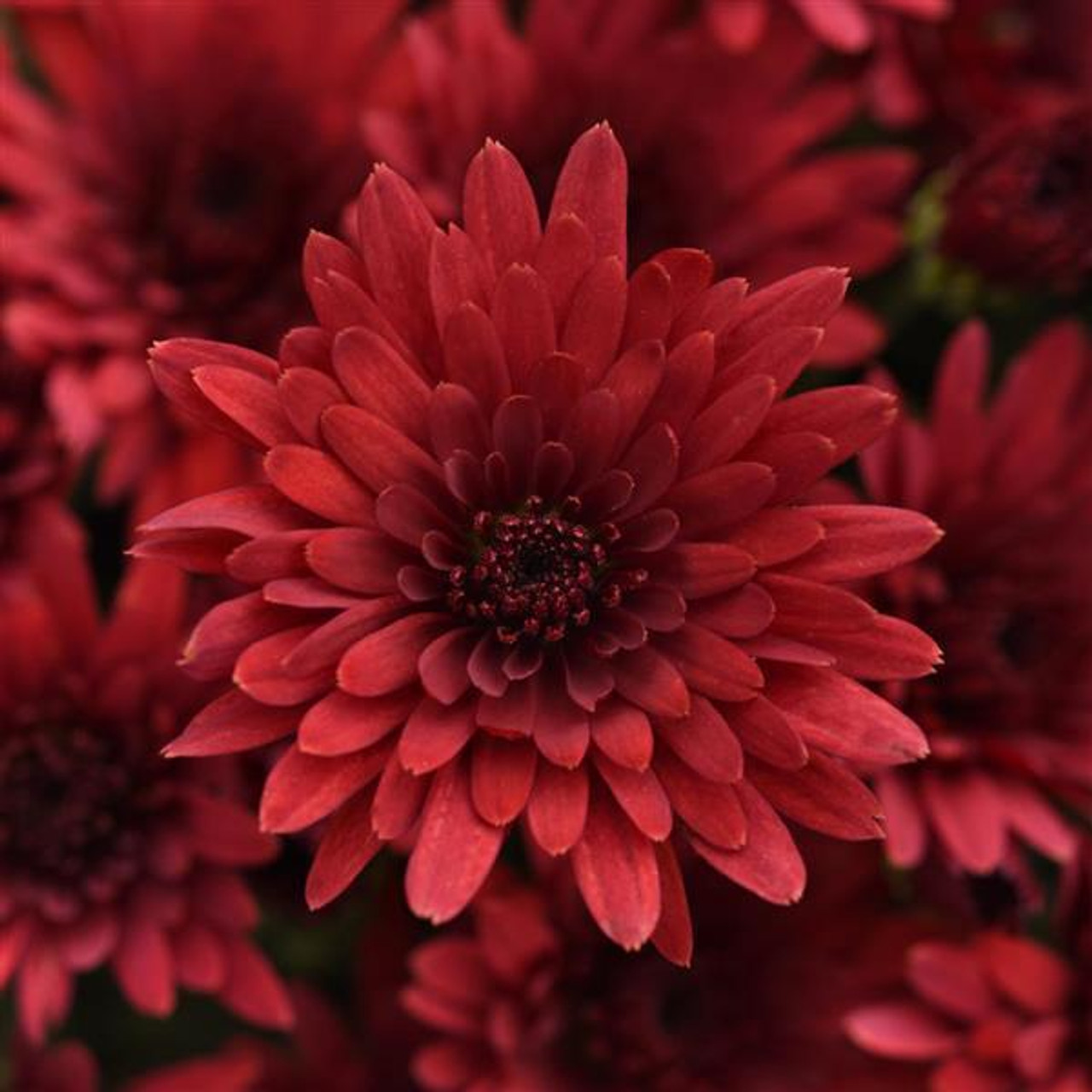


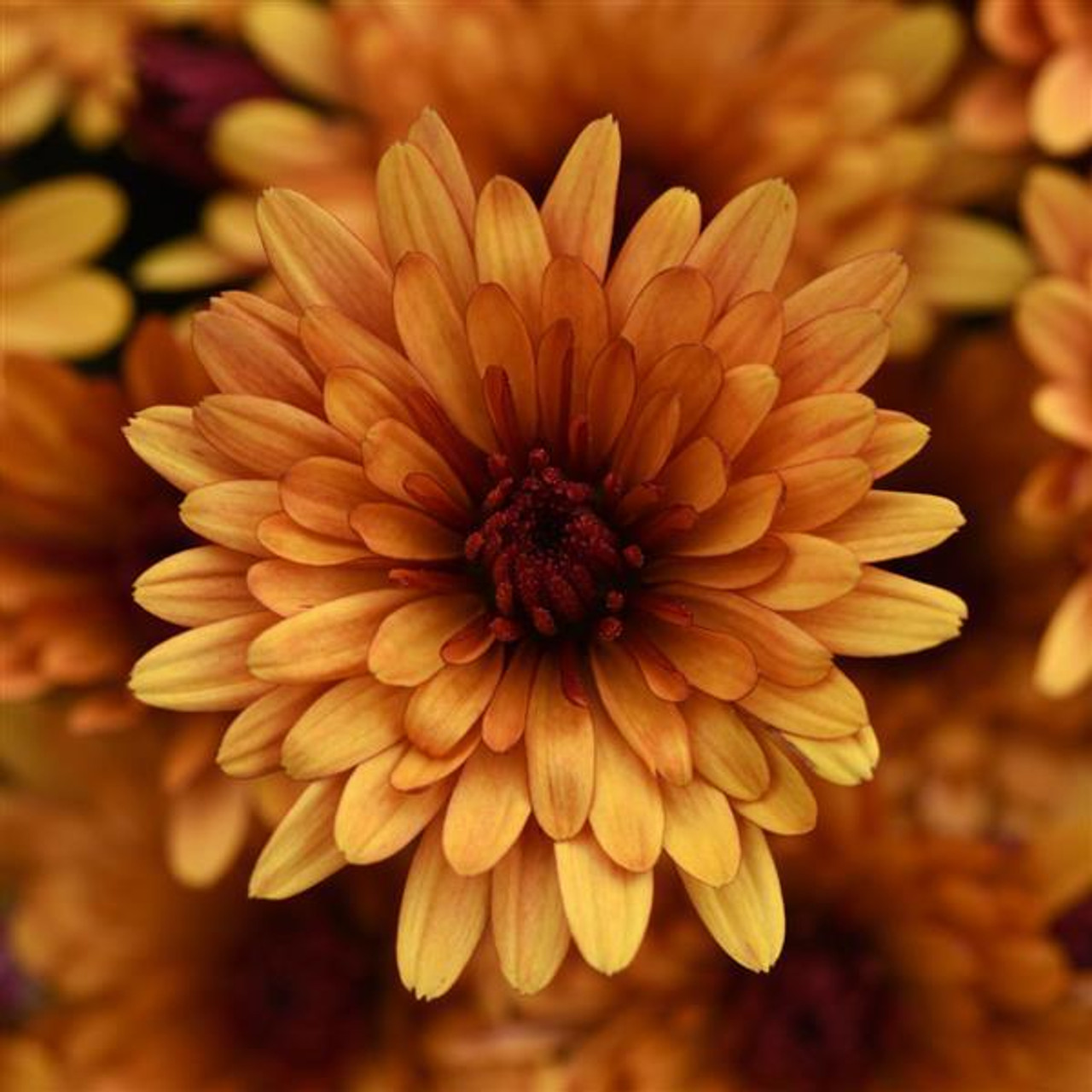

Compare Mum Varieties
| Variety | Color | Height | Spread |
|---|---|---|---|
| Autumn Sunset | Orange, Red, Yellow | 12"-18" | 20"-30" |
| Celestial White | White | 12"-24" | 20"-30" |
| Fireglow | Red | 12"-20" | 20"-36" |
| Flamingo Cranberry Red | Red | 14"-24" | 20"-36" |
| Flamingo Pineapple Pink | Pink, White, Yellow | 14"-24" | 20"-36" |
| Flamingo Pink | Pink | 14"-24" | 20"-36" |
| Gigi Dark Pink | Pink | 12"-24" | 12"-24" |
| Gigi Gold | Yellow | 12"-24" | 12"-24" |
| Gigi Orange | Orange | 12"-24" | 12"-24" |
| Katelli Bronze | Brown, Orange | 14"-24" | 20"-36" |
| Key Lime | Green | 12"-20" | 20"-30" |
| Moonglow White | White | 14"-24" | 20"-30" |
| Moonglow Yellow | Yellow | 14"-24" | 20"-30" |
| Morgana Purple | Purple | 12"-20" | 20"-30" |
| Morgana Red | Red | 12"-20" | 20"-30" |
| Morgana White | White | 12"-20" | 20"-30" |
| Morgana Yellow | Yellow | 12"-20" | 20"-30" |
| Mumma Mia Red | Red | 12"-24" | 20"-36" |
| Orange Zest | Orange | 14"-24" | 20"-36" |
| Paradiso Pink | Pink | 12"-20" | 20"-30" |
| Paradiso White | White | 12"-20" | 20"-30" |
| Paradiso Yellow | Yellow | 12"-20" | 20"-30" |
| Plumberry Plum | Purple | 14"-24" | 20"-36" |
| Stacy Dazzling Orange | Orange, Red | 12"-24" | 12"-24" |
| Stacy Pink | Pink | 12"-24" | 12"-24" |
| Sundance Yellow | Yellow | 12"-24" | 20"-36" |
| Wanda Bronze | Pink | 12"-24" | 12"-24" |
| Wanda Lavender | Purple | 18"-24" | 18"-24" |
| Wanda Purple | Purple | 18"-24" | 18"-24" |
| Jacqueline Orange Fusion | Orange | 12"-20" | 20"-30" |
| Jacqueline Pink | Pink | 12"-20" | 20"-30" |
| Jacqueline Yellow | Yellow | 12"-20" | 20"-30" |
| Wanda Red | Red | 12"-24" | 12"-24" |
| Cosmic Fireball Red | Red | 14"-24" | 20"-36" |
| Cosmic Galaxy Purple | Purple | 14"-24" | 20"-36" |
| Cosmic Lunar Pink | Pink | 14"-24" | 20"-36" |
| Cosmic Meteor Bronze | Brown, Orange | 14"-24" | 20"-36" |
| Cosmic Solar Yellow | Yellow | 14"-24" | 20"-36" |

